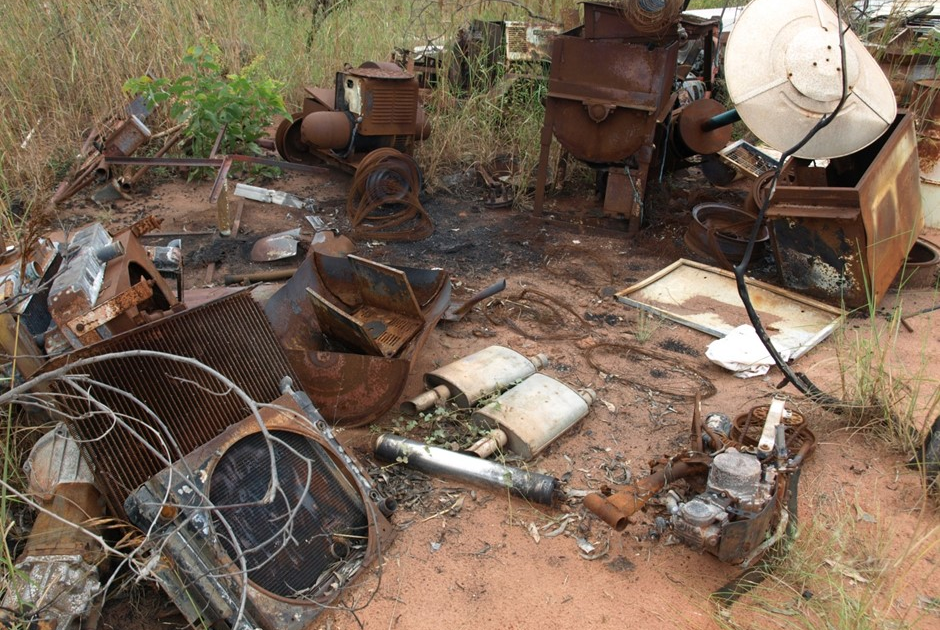WA producers are being urged to take steps to protect their livestock from possible lead poisoning after six cattle died on a Wheatbelt property from exposure to lead batteries.
Department of Primary Industries and Regional Development veterinary officer Kevin Hepworth said the cattle had access to an un-fenced burnt stockpile of old batteries on the property. A further 12 cattle were diagnosed with lead toxicoses.
A residue quarantine notice has been issued for the property and remaining animals cannot be moved until laboratory testing has confirmed they are free of lead residues.
“Unfortunately, the first sign of lead poisoning can often be finding dead stock,” Dr Hepworth said.
“Cattle have a higher risk of lead poisoning because of their inquisitive nature. They have a tendency to ‘taste test’ items such as old batteries, sump oil, flaking paint, ashes, diesel and many other common objects which could contain lead.”
He said affected animals may become blind, unresponsive to their surroundings or may stumble into fences or other obstacles. Some animals could become comatose and die.
“While some livestock that ingest lead may be poisoned, others may show no signs of ill health,” he said. “Any animal exposed to lead, however, must not be sold because of the risk of lead residues in the body.”
Dr Hepworth said lead poisoning or the risk of residues could be prevented by carrying out a property risk assessment as part of developing an on-farm biosecurity plan.
He said Livestock Production Assurance (LPA) had recently announced that all accredited members would be required to have a farm biosecurity plan and implement effective biosecurity practices in their on-farm management.
“The best course of action is to identify possible sources of lead, then manage these areas by permanently fencing to prevent livestock from having access or removing the source of contamination,” he said.
“Using livestock to control weeds around parked machinery or open sheds also poses a hazard and should be avoided.
“Cattle and sheep grazing close to machinery and sheds have a risk of ingesting lead contained in the paint, in leaked oil from machines or in stored or discarded oil and batteries.
“Animals typically develop a taste for lead and keep returning, eventually consuming a toxic dose.”
Dr Hepworth said it was illegal to sell animals suspected of ingesting lead for slaughter or for milk production for a set time period to ensure there was no residue risk.
“This is good reminder for producers to consider their biosecurity practices and strengthen measures to not only protect their livestock, but also the reputation of the WA livestock industry and access to valuable markets,” Dr Hepworth said.
For more information visit agric.wa.gov.au or contact your local department veterinary officer or private veterinarian.


